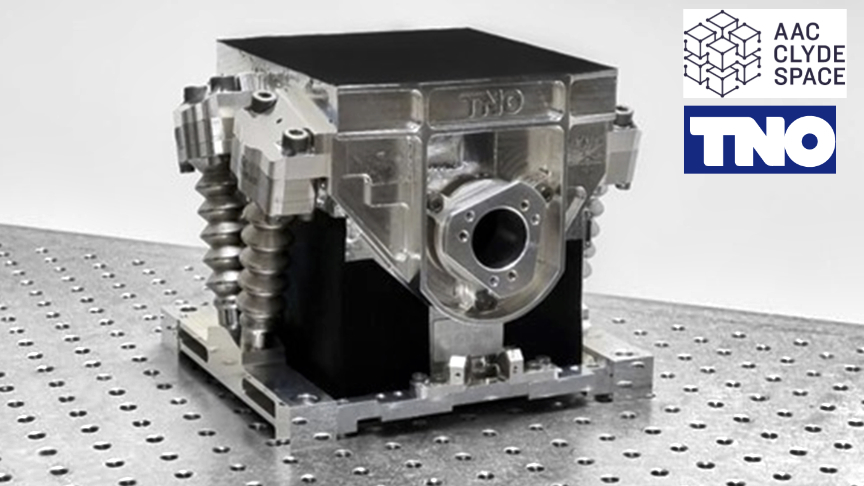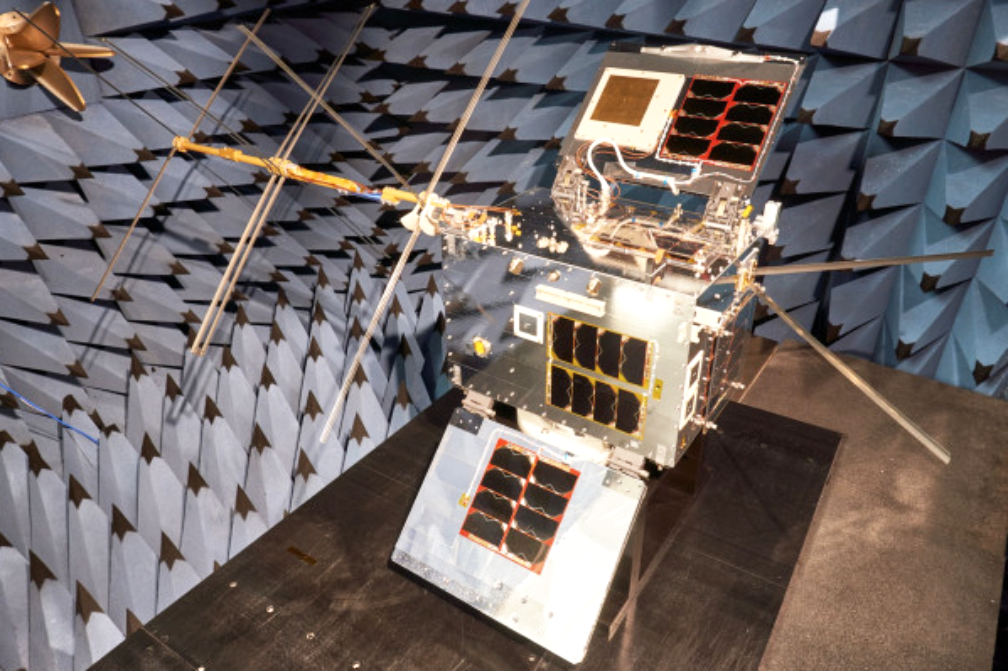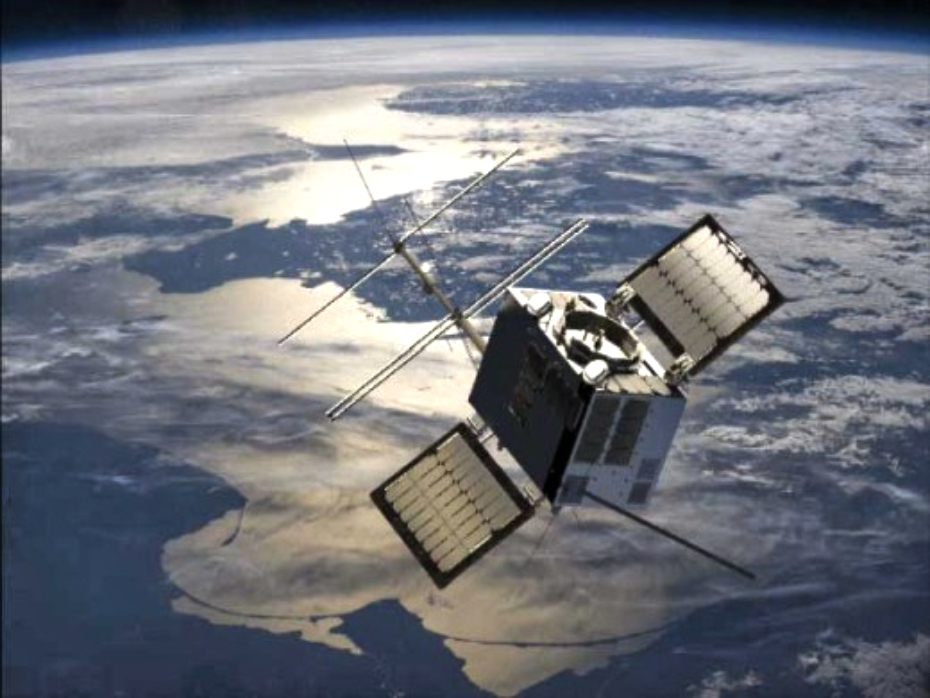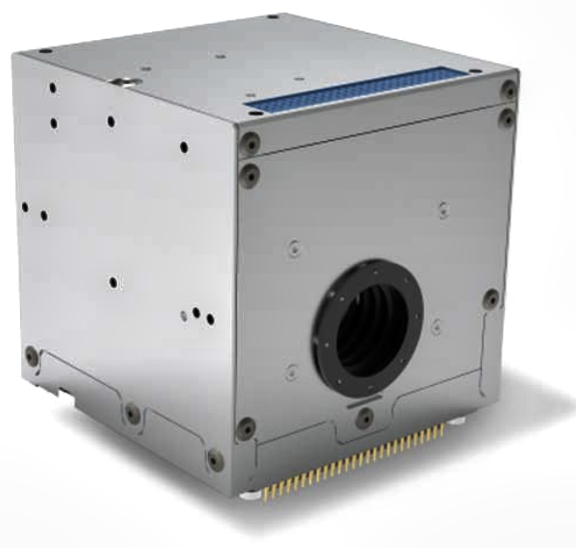
AAC Clyde Space, with its partner TNO, have successfully transferred data from a compact laser SATCOM terminal, called SmallCAT, onboard a spacecraft in LEO to Earth — this demonstrates that the laser satellite communication technology works under spaceflight conditions. AAC has contributed electronics and firmware to the laser communication terminal.

The satellite communication terminal is developed by a TNO-led consortium with AAC Hyperion, the AAC Group’s subsidiary in the Netherlands specialized in optical communications, for the onboard electronics, drivers as well as software, and Gooch & Housego for the laser transmitter. The development was financed by the Netherlands Space Office (NSO) through the ESA ARTES ScyLight Programme program and the Dutch Ministry of Defense‘s innovation budget. TNO also contributed in co-funding this program.

The project also includes delivery of AAC Hyperion’s gigabit detector — the GD200 — for the optical ground station in the Hague which successfully detected signal from the terminal which is carried by the Norwegian NORSAT-TD satellite launched in April 2023.

A commercial version of the laser communication terminal, CubeCAT, is being commercialized by AAC Hyperion with its Dutch partner, FSO Instruments. Measuring 10 x 10 x 10 cm and weighing 1.3 kg, the terminal is ideally suited for use on nano satellites.

As commercial and government data demands continue to grow, the need for high-quality, timely data from space is growing rapidly. Laser communication technologies are being increasingly used to send data generated on satellites directly to Earth, as an alternative to traditional radio-frequency (RF) communication. By transmitting through the infra-red wavelength band, the limitations of standard radio frequency communication technologies are avoided, thereby increasing transmission capabilities of satellites by factors of 10 to 100. Moreover, laser communication links are seen as more secure and laser communication systems have the potential of lower size, weight, and power, which is important in the space domain.
“This is a milestone in our aim to remain in the forefront of space tech development. The demand for direct laser communication between satellites and Earth is growing rapidly catering to the needs of customers in several sector. This achievement points towards the future of space-based communication,” says AAC Clyde Space CEO Luis Gomes.
